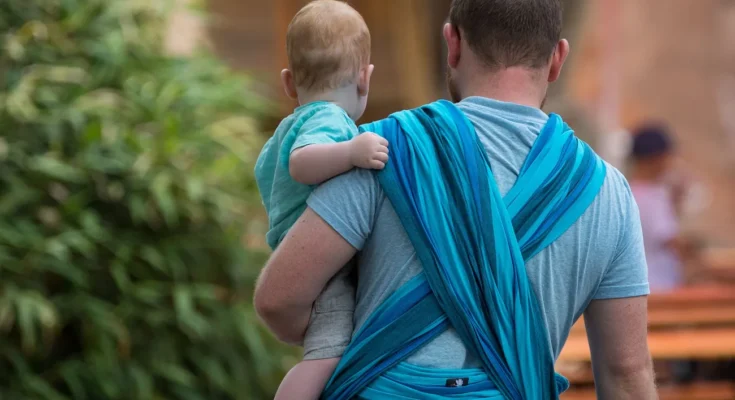When does a man become a man? It’s not just Herbert Grönemeyer who asks questions in his hits «Man», but it has been discussed over and over again for a long time. On International Men’s Day which falls on November 19, the meaning of masculinity in today’s world is once again a topic of discussion.
Non-fiction writer and men’s advocate Boris von Heesen looks at three stubborn narratives about masculinity that still have a formative effect today: men must solve their own problems, are physically indestructible, and define their masculinity through paid work and family support.
Masculinity as a social construct
“I believe all three are socially constructed,” says von Heesen. Emotional control and performance orientation will be encouraged even in boys, while empathy and caring will be more pronounced in girls. This created a division of tasks that still separates men and women today – which is clearly detrimental to both parties.
When children live in the household, only 34 percent of women work full time – while the figure for men is 94 percent. “This effectively separates men from their children and women from shaping their professional careers,” said von Heesen. The impact is psychological and physical stress.
Masculinity has historically varied
This perspective is in line with central approaches in international masculinities research. As gender researcher Stefan Horlacher of the Technical University of Dresden explains, masculinity is no longer seen as a biologically determined trait, but rather as a culturally shaped network of expectations, actions and social roles.
Masculinity, Horlacher writes, is “a historically varying set of cultural norms” that are constantly reinvented – through repeated actions, gestures and self-images.
Sociologist Raewyn Connell once coined the term “hegemonic masculinity”: a dominant, socially recognized form of masculinity that maintains a power structure between the sexes – and at the same time subjugates other alternative forms of masculinity.
“Crisis of masculinity” – or an opportunity?
In public debate we often talk about the “crisis of masculinity”. Horlacher argues it was shortened. Horlacher explains that it is not masculinity itself that is in crisis, but “traditional patriarchy and related forms of hegemonic masculinity,” namely the idea that masculinity should be stable, strong, and clear. Because these forms of masculinity are thought to be under threat, “they are strongly propagated by right-wing and conservative circles.”
In fact, masculinity is always changing — and that’s what masculinity is all about. According to Horlacher, this much-mentioned crisis is more an expression of transition, a process of cultural negotiation about what masculinity means. “The old image of humans as independent, strong and dominant is now under pressure,” he said. Many men find it challenging to question their role – a process that is stressful and creates uncertainty. “That is why young men easily accept simple answers and very brief and unscientific explanations.”
Von Heesen observes that many young men today are increasingly drawn into right-wing online communities or anti-feminist discourse. Algorithms on social media amplify this effect by giving preference to content that contains anti-feminist or misogynist content.
Between biology and society
According to Heesens, it is difficult to answer clearly what role biological factors play in our depiction of masculinity. “Let’s take the hormone testosterone – there is research that proves a biological influence and there is other research that clearly refutes this.”
What is more important is to recognize the social constructions that force people into narrow “gender prisons.” Characteristics such as empathy, caring or cooperation are still rarely associated with men, even though they are important for social cohesion.
A new mission statement is needed
Horlacher emphasizes that masculinity is neither natural nor static. Rather, it manifests itself in various forms – depending on social class, origin, religion or generation. Therefore, modern masculinity research no longer aims to find a uniform definition, but rather to understand the diversity and contradictions of masculinity.
“We must reach a point where men can naturally behave empathetically, considerately and cooperatively – in the family and at work,” demands von Heesen. This requires new models that define strength not through adversity, but through responsibility.
“The box of masculinity must be broken down socially”
According to Horlacher, the fact that men on average die earlier, are more likely to engage in risky behavior, and are less likely to seek psychological help is not a coincidence, but rather part of a learned pattern. Both researchers agree: Only those who understand masculinity as a changeable and learnable concept can dismantle structures that disadvantage men and women.
© dpa-infocom, dpa:251118-930-306402/1



